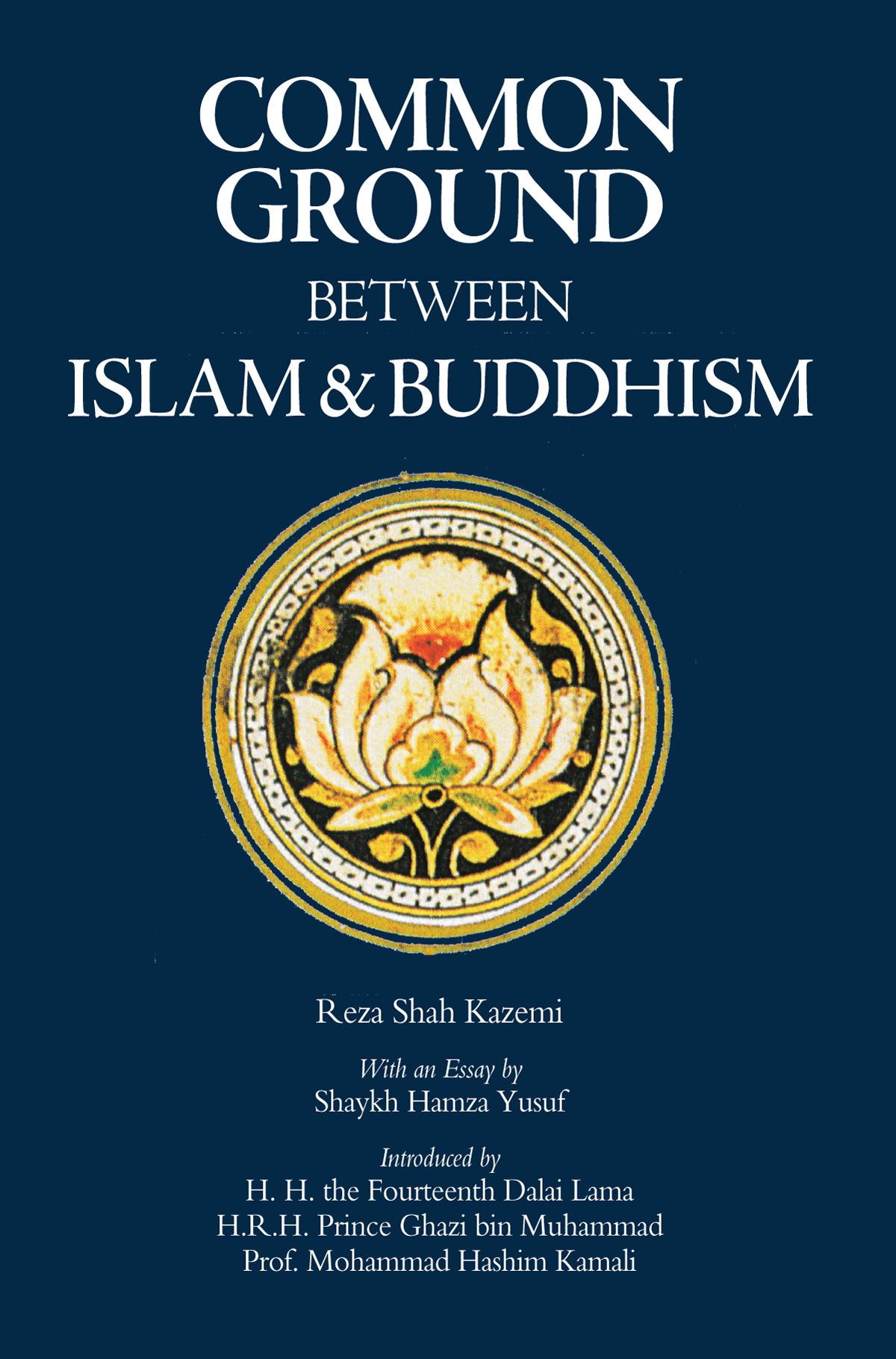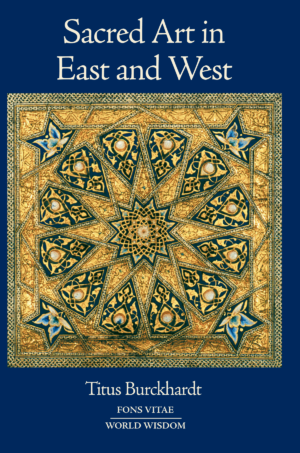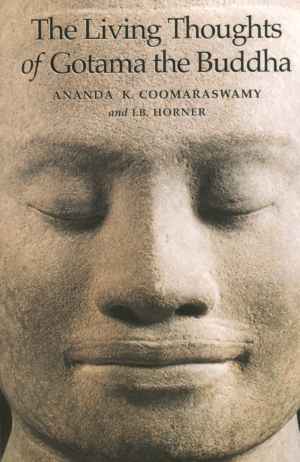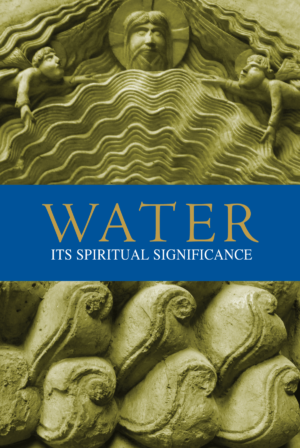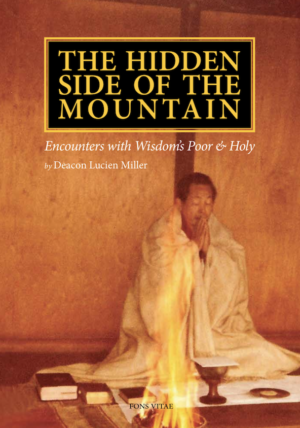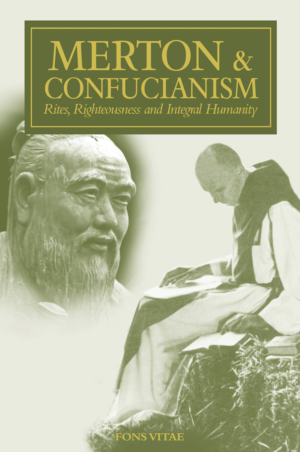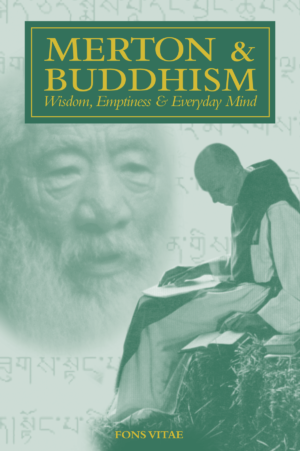In a world increasingly dominated by a secular and materialistic mentality, there is a real need for the world’s faith communities to stand solidly together. Common Ground Between Islam and Buddhism participates in promoting such a stance.
As the “logos” or revealed Word in the Islamic tradition is the Qur’an, Muslims abide by doctrines therein and have taken care to avoid what is not stated clearly in their own scripture. As the name of the Buddha was not specifically listed among the prophets sent by God which are mentioned in the Qur’an, and because Muslims have assumed Buddhists to be atheistic, there has hitherto not been much dialogue between these two august traditions.This volume represents a historic change of course.
After a number of meetings in Jordan between HH the 14th Dalai Lama and HRH Prince Ghazi bin Muhammad, a true and profound “Common Ground” between Islam and Buddhism has been formally recognized. This follows a previous initiative by Prince Ghazi, entitled A Common Word, which has entailed meetings and conferences between a large number of Islamic clerics with the Pope, the Archbishop of Canterbury and gatherings held at both Yale and Georgetown Universities over the last two years. These gatherings have become the basis for a new educational effort in both the Christian and Muslim world.
But now we have this groundbreaking publication, authored by Reza Shah-Kazemi, introduced by contributions from the Dalai Lama and Prince Ghazi, and the renowned Islamic scholar, Professor Dr. Mohammad Hashim Kamali. The opening words by the Dalai Lama set the stage:
This is an important and pioneering book, which seeks to find a common ground between the teachings of Islam and of Buddhism. It is my hope that on the basis of this common ground, followers of each tradition may come to appreciate the spiritual truths their different paths entail and from this develop a basis for respect for each others’ practice and beliefs. This may not have occurred very often before, because there has been so little opportunity for real understanding between these two great traditions. This book attempts to set that right…From a Buddhist point of view, the practice of Islam is evidently a spiritual path of salvation. From here the respected Islamic scholars go on to make an earnest attempt to help Muslims to see Buddhism as a true religion, or dīn, and Buddhists to see Islam as an authentic dharma.
Although Buddhism is clearly non-theistic, the ultimate Reality affirmed by Buddhist thought, and the supreme goal sought by it, is proposed to correspond closely with the Essence (al-Dhāt) of God in Islam.
Seemingly divergent issues are resolved in terms of the underlying principial realm. For example, one would imagine that the Buddhist doctrine of Karma/Reincarnation is irreconcilable with the Abrahamic Judgment Day. But, as Dr Shah-Kazemi explains: “Nonetheless, the incompatibility between the two perspectives pertains to the operation of the principle of accountability, and not to the principle itself. In fact, one observes within Islam both modes of operation. The theistically conceived ‘Judge’ can be seen, from a Buddhist point of view, as one way of expressing the objectivity of the principle of cosmic recompense; while karma can be conceived, from a Muslim point of view, as one way of expressing the principle according to which the Judge evaluates all deeds. Moreover, as will be seen in the section on compassion, in both traditions there is a principle which transcends the cosmic chain of cause and effect, and this is divine mercy.”
Common Ground between Islam and Buddhism presents a series of reflections attempting to interpret some “central principles of Buddhism in the light of Islamic spirituality, doing so in a manner which we hope will nourish a spirit of mutual understanding and enriching dialogue between the adherents of the two faiths”.
Dr Shah-Kazemi writes: “This means that we are not just reaching out to Buddhists, inviting them to consider the Islamic tradition from the perspectives offered here; it also means that we wish to explain some central concepts of Buddhism to Muslims who may not be familiar with this tradition, and are interested in increasing their knowledge of it.
It is in this process of exploring the spiritual dynamics underlying fundamental tenets of belief that some of the most striking analogies and affinities between the two faiths are revealed. We are aiming here at commonalities on the level of the spirit of the two traditions, rather than pretending that any unity on the level of the ‘letter’ of the formal dogmas can be achieved.”
Dr Shah-Kazemi goes on to cite words of the renowned 11th century theologian and spiritual giant of Islam, Al Ghazali (d. 1111 CE), regarding the limitations of theology which arise. The science of theology (kalām), he says, is “restricted in its scope to the outward aspects of the formal creed (al-‘aqīda); it cannot attain ‘spiritual knowledge (ma‘rifa) of God, His qualities and His acts’. Theology, he argues, is in fact more like ‘a veil’ obscuring this knowledge.”
‘I learnt with certainty that it is above all the mystics who walk on the road of God; their life is the best life, their method, the soundest method, their character the purest character; indeed, were the intellect of the intellectuals and the learning of the learned and the scholarship of the scholars, who are versed in the profundities of revealed truth, brought together in the attempt to improve the life and character of the mystics, they would find no way of doing so; for to the mystics, all movement and rest, whether external and internal, brings illumination from the light of the lamp of prophetic revelation.’
It has become nearly a platitude these days to hear that by reading about other religious traditions, we deepen our own. This is, of course, true, but in this book, I found that I really understood both the Buddhist and Islamic tradition in a most profound way as never before.
Through the presentation of foundational concepts, and their relationship to one another from the subject of Ultimate Reality to worship, the reader enters a realm of relief and a sense of wholeness in a world one previously thought to be permanently at odds. The observations here serve to demonstrate that the two faith traditions are indeed oriented to the One and only reality at the metaphysical, spiritual, and ethical levels.
Comparisons between passages in Buddhist Scripture and the Qur’an are very enlightening. Shah-Kazemi mentions in regard to the Diamond Sutra:
“These images are aimed at inducing a state of mind and being, which is referred to simply in terms of two imperatives: ‘detachment from appearances-abiding in real truth.’ To be detached from what appears is practically tantamount to realization of what never disappears, that which eternally transcends the realm of appearances, ‘the real truth’. Thus shall ye think of all this fleeting world: A star at dawn, a bubble in the stream; A flash of lightning in a summer cloud, A flickering lamp, a phantom and a dream.
“This might be compared to such verses of the Qur’an as the following: Know that the life of the world is only play, and idle talk, and pomp, and boasting between you, and rivalry in wealth and children; as the likeness of vegetation after rain, whose growth is pleasing to the farmer, but afterwards it dries up and you see it turning yellow, then it becomes straw… (57:20).”
Also Milarepa, the great Tibetan saint, provides fascinating correspondence with the Qur’an. Shah-Kazemi makes it clear, however, that we are “far from claiming that the Muslim and Buddhist forms of devotion to the Messenger/Buddha are identical, or reducible one to the other; rather, we are proposing that, however divergent be the forms taken by devotion to the founding figure of the respective traditions, it is possible to see these forms as expressions of principles which are analogous, if not identical: devotion to the human founder of the religions is a fundamental aspect and means of ‘remembering God’, in Islamic terms, or ‘contemplating the Dharma’ in Buddhist terms.
“One only has to substitute the word ‘thirst’ (tanhā) for ‘desire’ (hawā) to see the similarities between the teachings of Buddhism and the Qur’ān on the imperative of transcending the appetites of the lower soul. The Buddhist perspective—in so rigorously negating the idea of the ultimate reality of the individual soul (anattā), in so sharply focusing upon the craving that is the source of all suffering, and in so strongly stressing the impermanence (anicca) of all objects of craving in this world—can help the Muslim to discern a very similar teaching in the Qur’ān. One comes to divinize oneself through elevation of one’s ‘desire’ to the implicit status of divinity; this being an attitude which is fed by the delusion of the permanence of worldly possessions; and this in turn is fed by the desire of the ego to aggrandize itself at the expense of others.”
What is presented as being of supreme importance is the goal aimed at in each tradition.
The walī in Islam and the Arahat/Bodhisattva in Buddhism—represent the summit of human perfection; it is in the saint that the deepest aims of religion are consummated in the world; it is by the saint that the religion is realized in all its plenitude; it is through the saint that the holiness of the religion is most palpably experienced. Theory and practice, concept and realization, spiritual ideals and human realities—all are united in the person of the saint. The two basic dimensions of holiness—vertical and horizontal, metaphysical and ethical, divine and human—can be seen to define the essential common ground bringing together Islam and Buddhism in a common aspiration for the One.
This helps us to appreciate the point made by the author at the beginning of his book, in relation to the Dalai Lama: “those who have realized the deepest values of their own faith are referred to by the Dalai Lama, again and again, as ‘practitioners’, those who engage in the meditative dimensions of their faith alongside the philosophical ones; and it is they who constitute the most effective partners in authentic dialogue.”
Common Ground between Islam and Buddhism is presently being translated into Arabic, Persian, Malay, Urdu, and French, as well as into languages common in the Buddhist world. It is hoped that this groundbreaking work will be the basis for an ongoing discussion and focus of scholarship which will go on to enrich people from all faiths.
